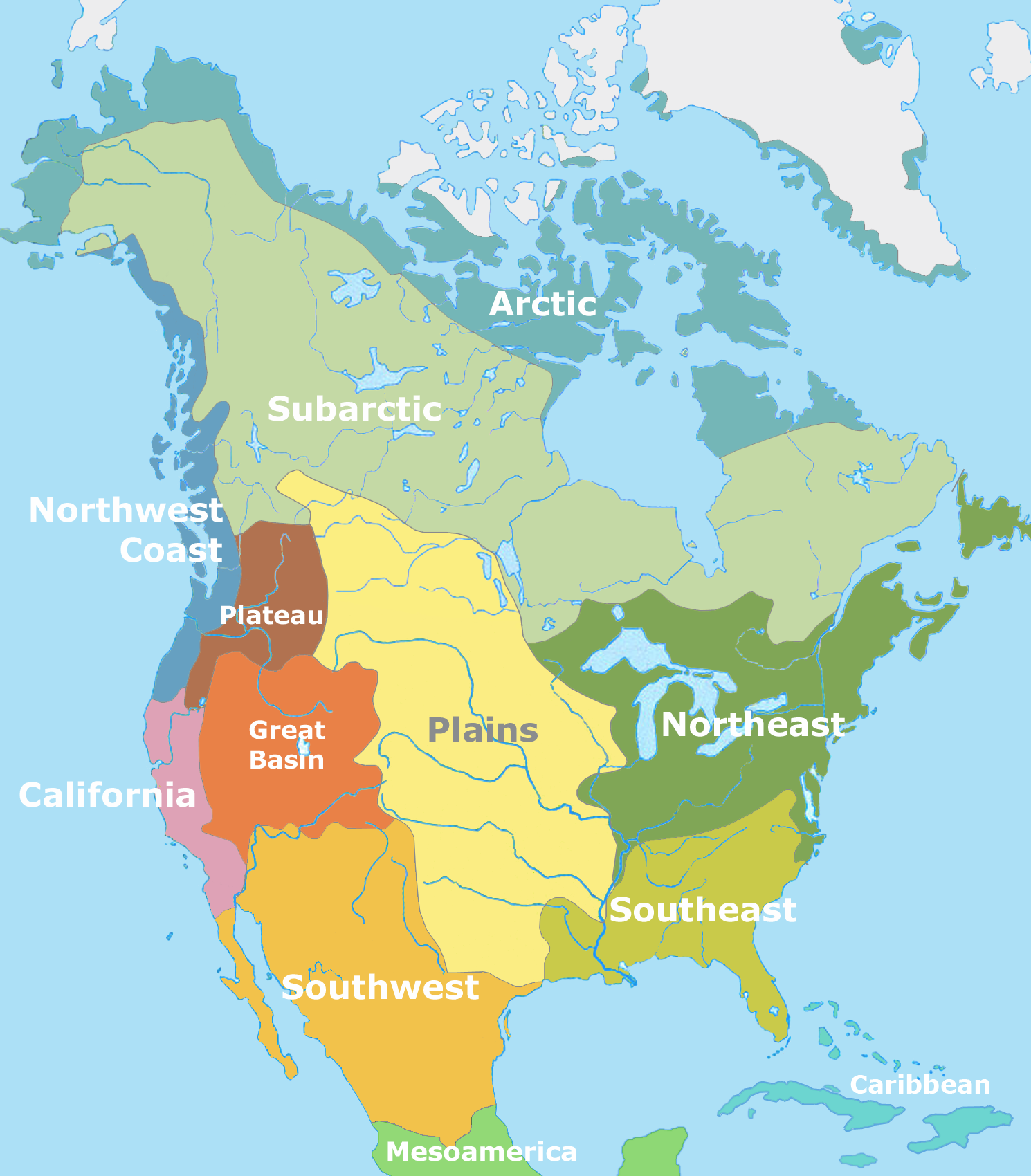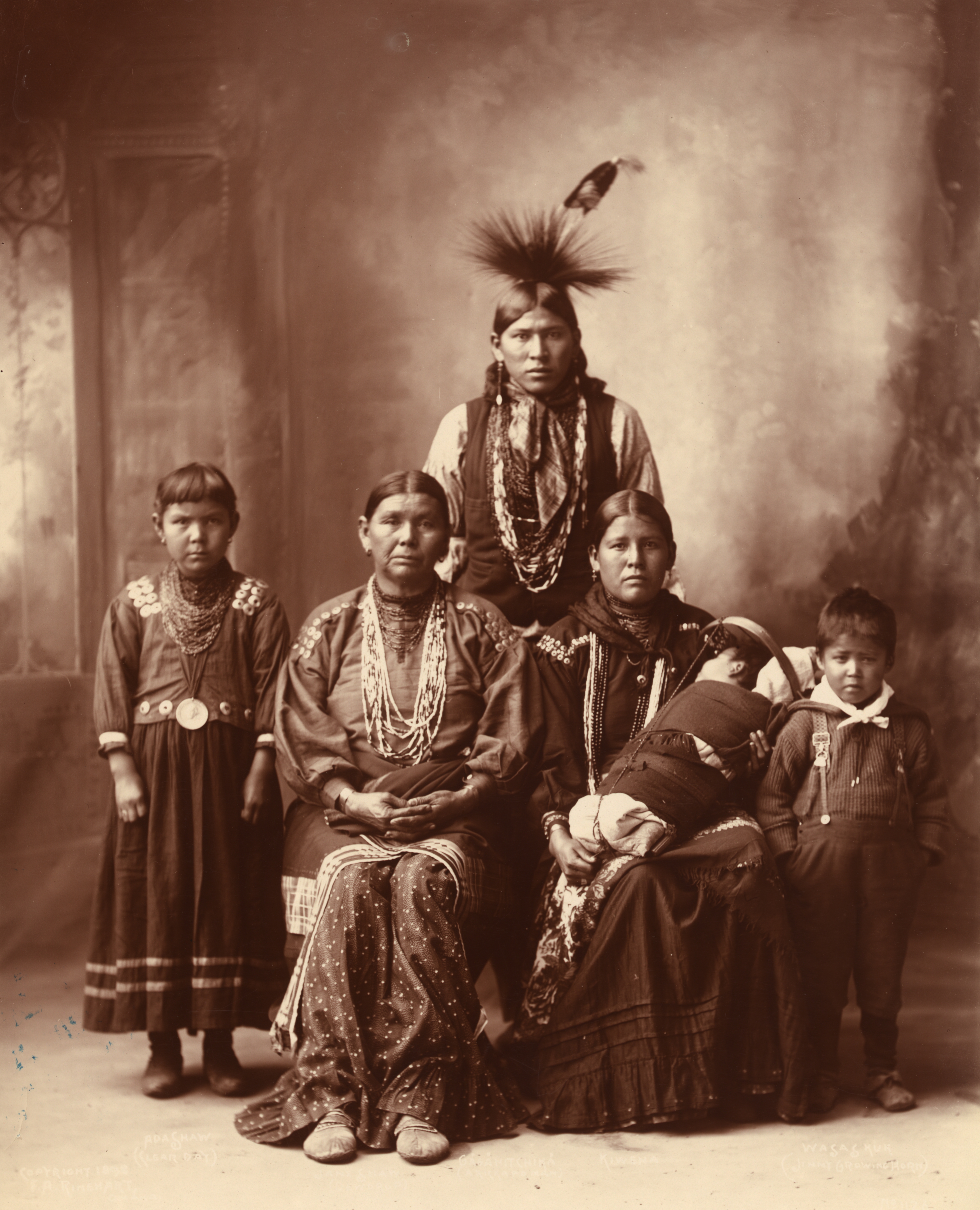|
Sutter, California
Sutter, formerly South Butte and Sutter City, is a census-designated place (CDP) in Sutter County, California, United States. It is part of the Yuba City Metropolitan Statistical Area within the Greater Sacramento CSA. The population as of the 2020 census was 2,997, up from 2,904 at the 2010 census. History Originally a settlement called South Butte, established in the vicinity of the stage station at Butte House east of the current town. It had a post office from August 7, 1871, until December 17, 1878, and from February 18, 1879, to January 20, 1888, when it was moved to the new Sutter City Post Office nearby. The Sutter Cemetery (originally South Butte Cemetery) lay to the west on the stage road (in former times used mostly by stagecoaches), and beside it was the school house, that had its classes dismissed when there was a funeral. Sutter City was the result of an attempt to take advantage of the boom in California in the late 1880s. The town was located south of the Ce ... [...More Info...] [...Related Items...] OR: [Wikipedia] [Google] [Baidu] |
Census-designated Place
A census-designated place (CDP) is a Place (United States Census Bureau), concentration of population defined by the United States Census Bureau for statistical purposes only. CDPs have been used in each decennial census since 1980 as the counterparts of incorporated places, such as self-governing city (United States), cities, town (United States), towns, and village (United States), villages, for the purposes of gathering and correlating statistical data. CDPs are populated areas that generally include one officially designated but currently unincorporated area, unincorporated community, for which the CDP is named, plus surrounding inhabited countryside of varying dimensions and, occasionally, other, smaller unincorporated communities as well. CDPs include small rural communities, Edge city, edge cities, colonia (United States), colonias located along the Mexico–United States border, and unincorporated resort and retirement community, retirement communities and their environs. ... [...More Info...] [...Related Items...] OR: [Wikipedia] [Google] [Baidu] |
Native Americans In The United States
Native Americans (also called American Indians, First Americans, or Indigenous Americans) are the Indigenous peoples of the Americas, Indigenous peoples of the United States, particularly of the Contiguous United States, lower 48 states and Alaska. They may also include any Americans whose origins lie in any of the indigenous peoples of North or South America. The United States Census Bureau publishes data about "American Indians and Alaska Natives", whom it defines as anyone "having origins in any of the original peoples of North and South America ... and who maintains tribal affiliation or community attachment". The census does not, however, enumerate "Native Americans" as such, noting that the latter term can encompass a broader set of groups, e.g. Native Hawaiians, which it tabulates separately. The European colonization of the Americas from 1492 resulted in a Population history of Indigenous peoples of the Americas, precipitous decline in the size of the Native American ... [...More Info...] [...Related Items...] OR: [Wikipedia] [Google] [Baidu] |
Same-sex Partnerships
A domestic partnership is an intimate relationship between people, usually couples, who live together and share a common domestic life but who are not married (to each other or to anyone else). People in domestic partnerships receive legal benefits that guarantee right of survivorship, hospital visitation, and other rights. The term is not used consistently, which results in some inter-jurisdictional confusion. Some jurisdictions, such as Australia, New Zealand, and the U.S. states of California, Maine, Nevada, Oregon and Washington use the term "domestic partnership" to mean what other jurisdictions call civil union, civil partnership, or registered partnership. Other jurisdictions use the term as it was originally coined, to mean an interpersonal status created by local municipal and county governments, which provides an extremely limited range of rights and responsibilities. Some legislatures have voluntarily established domestic partnership relations by statute instead ... [...More Info...] [...Related Items...] OR: [Wikipedia] [Google] [Baidu] |
POSSLQ
POSSLQ ( , plural POSSLQs) is an abbreviation (or acronym) for "person of opposite sex sharing living quarters", a term coined in the late 1970s by the United States Census Bureau as part of an effort to more accurately gauge the prevalence of cohabitation in American households. After the 1980 Census, the term gained currency in the wider culture for a time. After demographers observed the increasing frequency of cohabitation over the 1980s, the Census Bureau began directly asking respondents to their major surveys whether they were "unmarried partners", thus making obsolete the old method of counting cohabitors, which involved a series of assumptions about "persons of opposite sex sharing living quarters". The category "unmarried partner" first appeared in the 1990 Census, and was incorporated into the monthly Current Population Survey starting in 1995. By the late 1990s, the term POSSLQ had fallen out of general usage (having been replaced by " significant other") and retur ... [...More Info...] [...Related Items...] OR: [Wikipedia] [Google] [Baidu] |
Marriage
Marriage, also called matrimony or wedlock, is a culturally and often legally recognised union between people called spouses. It establishes rights and obligations between them, as well as between them and their children (if any), and between them and their Affinity (law), in-laws. It is nearly a cultural universal, but the definition of marriage varies between cultures and religions, and over time. Typically, it is an institution in which interpersonal relationships, usually sexual, are acknowledged or sanctioned. In some cultures, marriage is recommended or considered to be Premarital sex, compulsory before pursuing sexual activity. A marriage ceremony is called a wedding, while a private marriage is sometimes called an elopement. Around the world, there has been a general trend towards ensuring Women's rights, equal rights for women and ending discrimination and harassment against couples who are Interethnic marriage, interethnic, Interracial marriage, interracial, In ... [...More Info...] [...Related Items...] OR: [Wikipedia] [Google] [Baidu] |
Per Capita Income
Per capita income (PCI) or average income measures the average income earned per person in a given area (city, region, country, etc.) in a specified year. In many countries, per capita income is determined using regular population surveys, such as the American Community Survey. This allows the calculation of per capita income for both the country as a whole and specific regions or demographic groups. However, comparing per capita income across different countries is often difficult, since methodologies, definitions and data quality can vary greatly. Since the 1990s, the OECD has conducted regular surveys among its 38 member countries using a standardized methodology and set of questions. Per capita income is often used to measure a sector's average income and compare the wealth of different populations. Per capita income is also often used to measure a country's standard of living. When used to compare income levels of different countries, it is usually expressed using a commonly ... [...More Info...] [...Related Items...] OR: [Wikipedia] [Google] [Baidu] |
Family (U
Family (from ) is a group of people related either by consanguinity (by recognized birth) or affinity (by marriage or other relationship). It forms the basis for social order. Ideally, families offer predictability, structure, and safety as members mature and learn to participate in the community. Historically, most human societies use family as the primary purpose of attachment, nurturance, and socialization. Anthropologists classify most family organizations as matrifocal (a mother and her children), patrifocal (a father and his children), conjugal (a married couple with children, also called the nuclear family), avuncular (a man, his sister, and her children), or extended (in addition to parents, spouse and children, may include grandparents, aunts, uncles, or cousins). The field of genealogy aims to trace family lineages through history. The family is also an important economic unit studied in family economics. The word "families" can be used metaphorically t ... [...More Info...] [...Related Items...] OR: [Wikipedia] [Google] [Baidu] |
Cohabitation
Cohabitation is an arrangement where people who are not legally married live together as a couple. They are often involved in a Romance (love), romantic or Sexual intercourse, sexually intimate relationship on a long-term or permanent basis. Such arrangements have become increasingly common in Western world, Western countries since the late 20th century, led by changing social views, especially regarding marriage. The term dates from the mid 16th century, being used with this meaning as early as 1530. Social changes leading to increase Cohabitation is a common pattern among people in the Western world. In Europe, the Scandinavia, Scandinavian countries began this trend, although many countries have since followed. Mediterranean Europe has traditionally been very conservative, with religion playing a strong role. Until the mid-1990s, cohabitation levels remained low in this region, but have since increased; for example, in Portugal the majority of children have been born ... [...More Info...] [...Related Items...] OR: [Wikipedia] [Google] [Baidu] |
Hispanic And Latino Americans
Hispanic and Latino Americans are Americans who have a Spaniards, Spanish or Latin Americans, Latin American background, culture, or family origin. This demographic group includes all Americans who identify as Hispanic or Latino (demonym), Latino, regardless of Race and ethnicity in the United States census, race. According to the United States Census Bureau, U.S. Census Bureau, an estimated 65,219,145 Hispanics and Latinos were living in the United States in 2023, representing approximately 19.5% of the total Demographics of the United States, U.S. population that year, making them the Race and ethnicity in the United States, second-largest group after the Non-Hispanic whites, non-Hispanic White population. "Origin" can be viewed as the ancestry, nationality group, lineage or country of birth of the person or the person's parents or ancestors before their arrival in the United States of America. People who identify as Hispanic or Latino may be of any race, because similarly ... [...More Info...] [...Related Items...] OR: [Wikipedia] [Google] [Baidu] |



